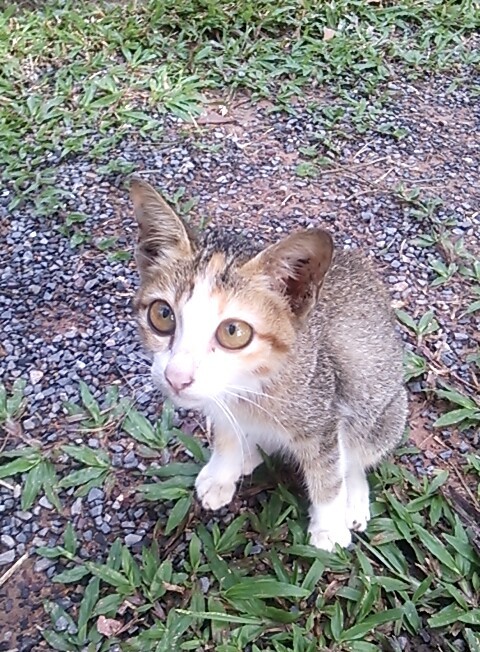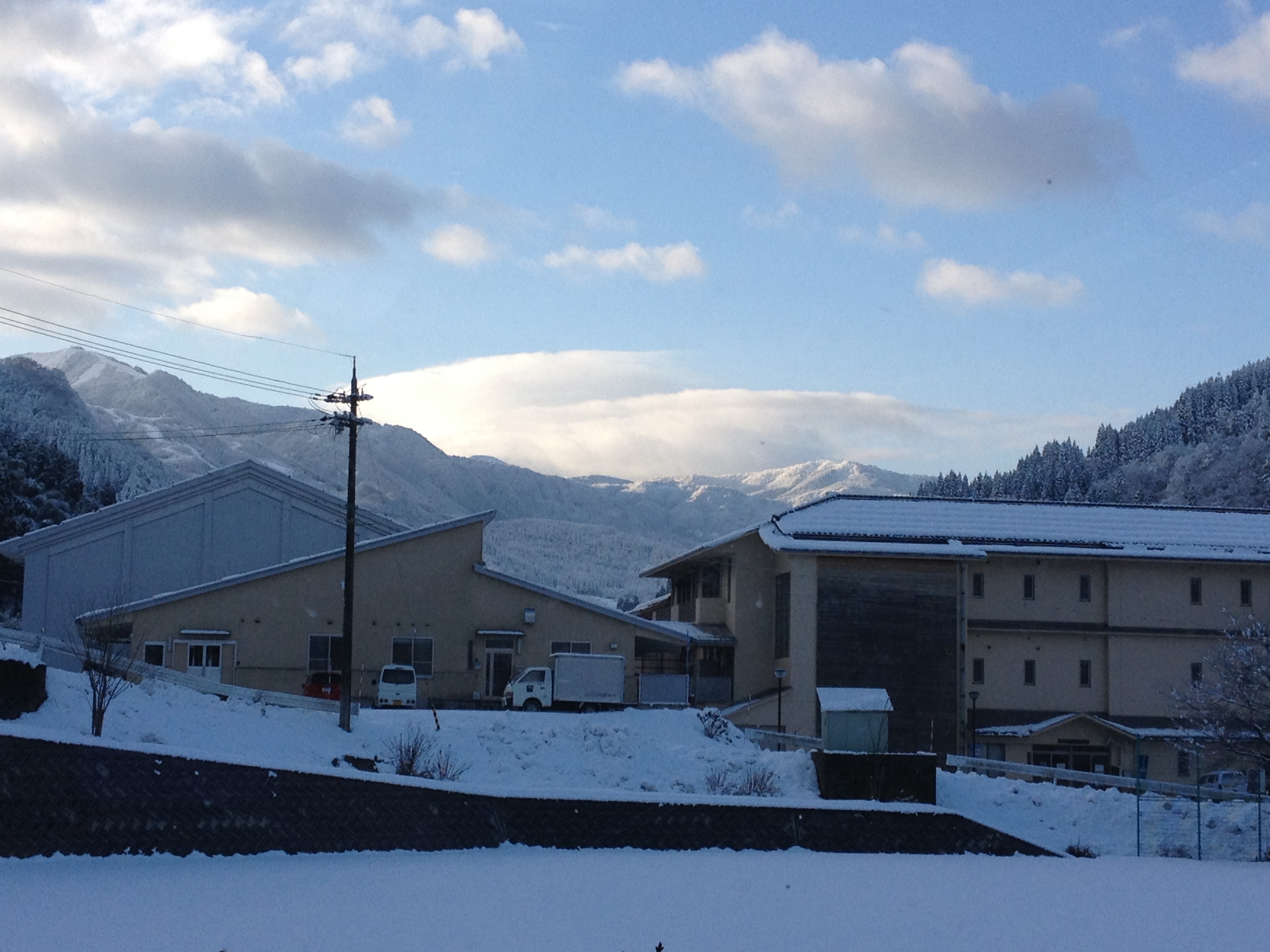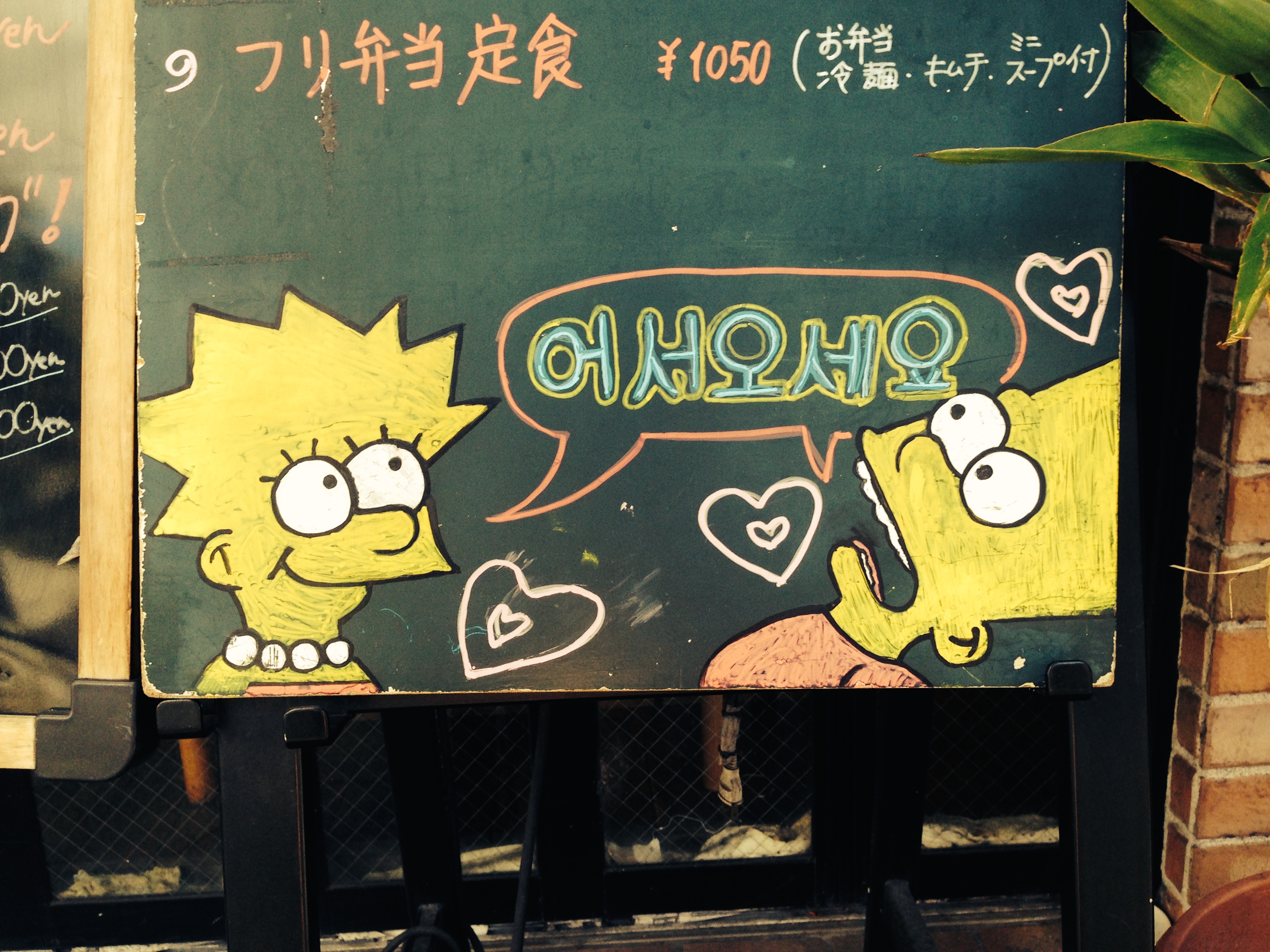“Tuk-tuk, Lady?†Travel Cambodia
Â
             Cambodian history elicits two very different reactions. On one hand, the impressive scope of the Angkor Empire, which built Angkor Wat and other surrounding temples, is awe-inspiring. On the other, the vestiges of the Khmer Rouge are heart-wrenching, especially as the repercussions still affect Cambodians today.
Getting There and Around
             We flew China Eastern to Phnom Penh, with a connection in Shanghai each way. You are fed on every flight, no matter how late it is. Overall, the food is decent, the seats relatively comfortable when not broken, and a long layover in Shanghai (we got to explore for about six hours!) is definitely preferable to one in Guangzhou.
To get from Phnom Penh to Siem Reap and back, we used the Giant Ibis bus company. On the way to Siem Reap, one of our stops was at a restaurant with an amazing strawberry shake. Returning to Phnom Penh, we opted to take a night bus to save time. There are two outlets per bed (and at a voltage that actually charged my 3DS; yay!) and there is an okay amount of room to stretch out for anyone around 5’8†or shorter. The beds aren’t especially comfortable, but I was able to fall asleep…right before we arrived.
For the most part, we rode tuk-tuks (rickshaws attached to a motorbike). These are more comfortable than the tuk-tuks in Thailand and the trikes in the Philippines and many had fun designs. Batman is a particularly popular choice. In Siem Reap, it seems that there’s an agreed upon price to reach the major tourist attractions, so unless you’re hitting up something with a little less of a draw than the Angkor temples, haggling is pretty ineffective. We just used our hostel’s tour service and tuk-tuk drivers in Phnom Penh, so I can’t speak to how useful haggling is in the capital city.
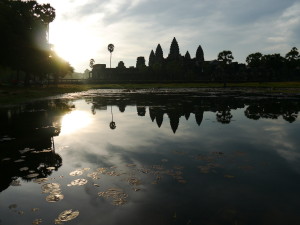
Where to Stay
Lovely Jubbly was the first place we stayed in Phnom Penh. They offer an airport pickup by tuk-tuk, which is very convenient. We didn’t stay for very long, but the precarious stairs up to the dormitory combined with my general clumsiness, as well as only one of the showers being operational, did not encourage us to return.
Hi Siem Reap is conveniently located close to the markets and Pub Street. The staff is also pretty helpful with booking tours. There was a pool table and a TV on which you could watch one of their many DVDs. They also provided bread, jam, butter, coffee, and tea in the mornings, though I found the jam to be unbearably sweet.
Eighty-Eight has an interesting pool/restaurant/common area. There is a platform with mats, which we slept on (and I stuck to, necessitating a painful separation) and we were joined at one point by the hostel’s cat (they also have a dog!). Some nights they have a billiards competition, with the winner earning a pitcher of beer. Like Hi Siem Reap, they also help people book tours.
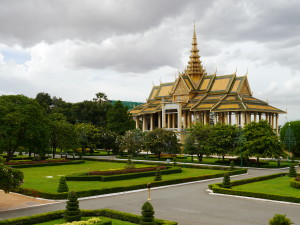
What to Do
There are an incredible number of things to do in Cambodia. The largest attraction is Angkor Wat, the largest religious monument in the world, and other nearby temples built by the Angkor Empire, such as Angkor Thom. The ruins give us remarkable insight into the Khmer Empire, which ruled a large area of Southeast Asia from approximately 802 to 1431 CE. Along with everyone else and their mothers, we visited Angkor Wat in the wee hours of the morning to see the sunrise.
Other things to do in Siem Reap include the Beatocello concert every Saturday (sadly, the cellist was sick the night we went, but we still got to watch the video discussing his work with hospitals providing free healthcare for impoverished children), Phare (an incredible, nightly circus performance), shopping in both the Old and Night Markets (horribly overwhelming for me), Pub Street (The Red Piano has a delightfully bone-free fish amok), New Hope, and the Landmine and War Museums. The Landmine Museum had more interesting information, but the War Museum had a free tour guide an adorable and friendly cat. New Hope is an educational and medical foundation that was started to help poor children in the area with no access to a good education or decent healthcare. There is also a delicious restaurant.
The largest draws in Phnom Penh are the harrowing Chueong Ek and S-21 Prison. At Chueong Ek, the most famous of the Khmer Rouge’s killing fields, you can listen to an audio guide as you wander around. It’s rather disturbing to stand in the same places where so many were murdered, including children and babies, but it is an important part of history of which everyone should be made aware. The stupa full of victim’s skulls with stickers denoting how they were likely killed is also sobering. To a similar effect, the prison houses pictures of those who were killed there.
Of a less gruesome nature, the temples Wat Phnom and Wat Ounalom, the Royal Palace, Silver Pagoda, and Independence Monument, which commemorates Cambodia’s split from France, all have beautiful architecture. Wat Phnom has the added benefit of many resident cats. The last thing we did in Cambodia was a sunset cruise on the Mekong, but this is a waste of money in the rainy season.

Last Minute Points
-Â Â Â Â Â Â Â Â American dollars are primarily used. Instead of coins, though, change is usually given back in riel, 4,000 of which is about $1 USD.
-        There are many organizations to which you can donate. Budget for this if you’re interested.
-Â Â Â Â Â Â Â Â In Siem Reap and Phnom Penh, most of the mosquitoes are malaria-free.
-        Many of the temples and the Royal Palace require you to dress conservatively, meaning no cleavage, shoulders, or anything that’s shorter than knee length. Pack accordingly.
Cambodia is an incredible journey, and it’s been my favorite country I’ve visited since moving to Japan. I would highly recommend a visit before you return home.
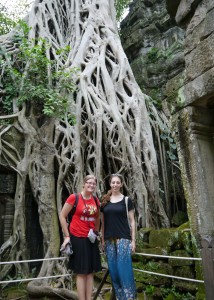
Brittany Teodorski
